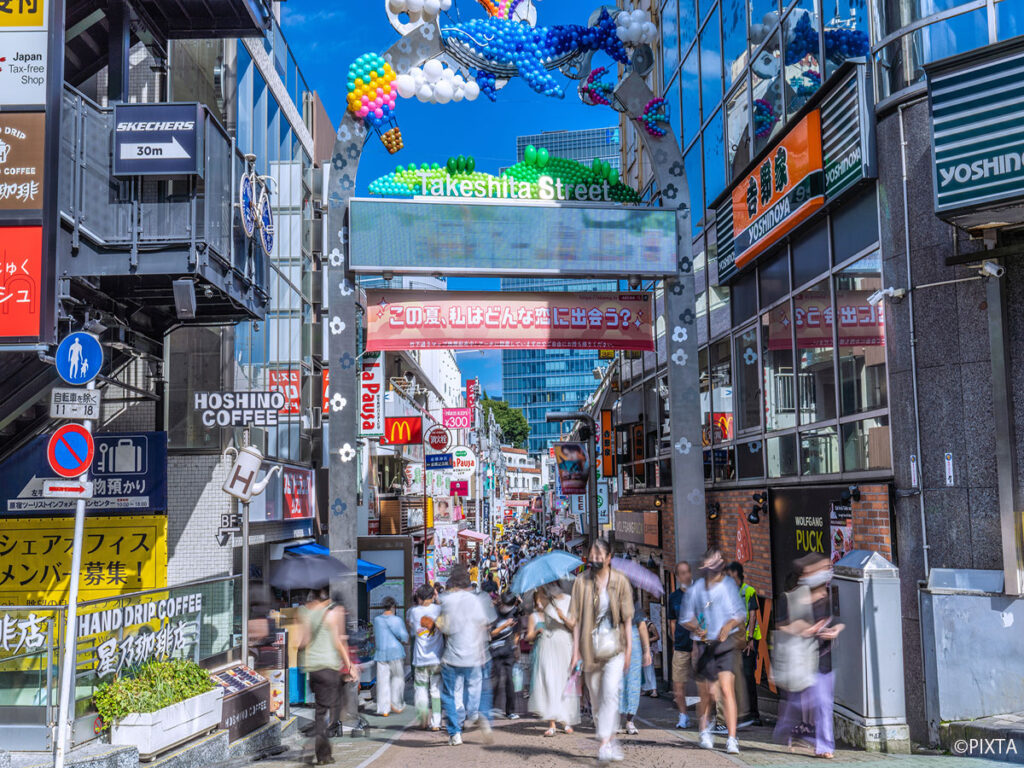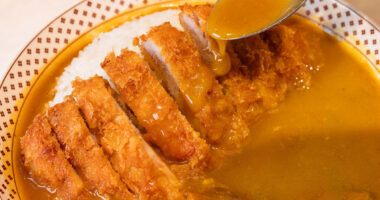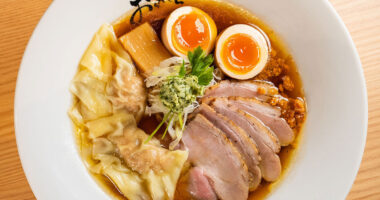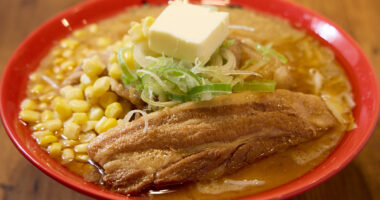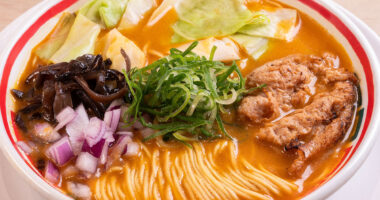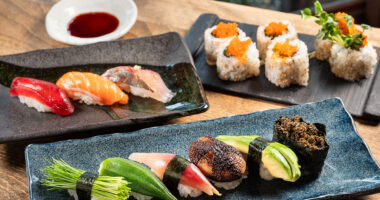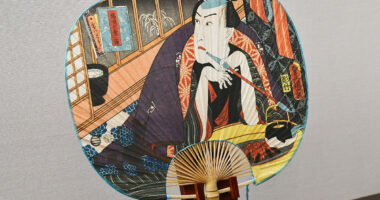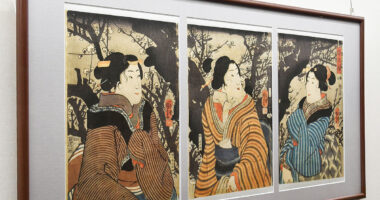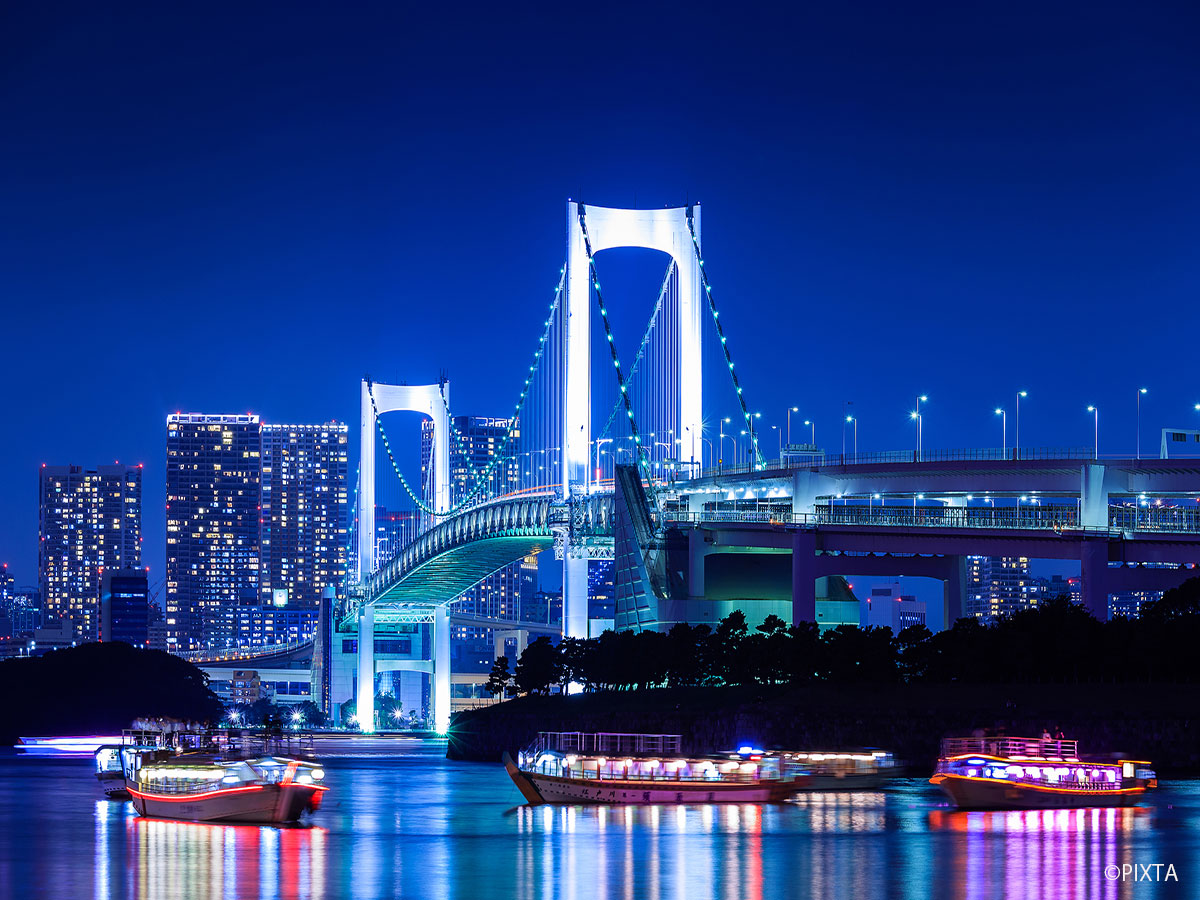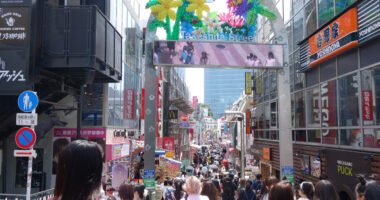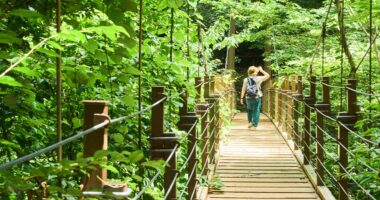Known for its unique fashion, street art, and diverse cultural attractions, 原宿 Harajuku is very much the go-to stop to check the pulse of Japan’s lively subcultures. Harajuku is one of Tokyo’s brightest areas, offering a mix of shopping, food, and aesthetics sure to excite any traveler.
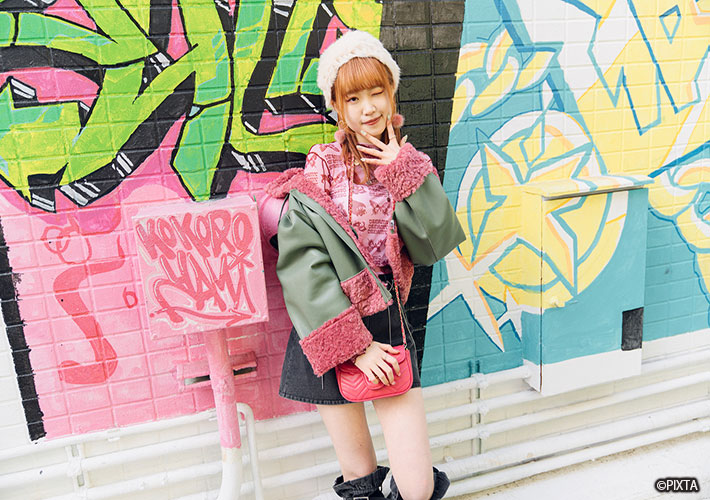
Harajuku is known for its colorful street fashion.
Access
Harajuku’s main attractions are within immediate walking distance of Harajuku Station (C03), which is accessible via the Yamanote Line.
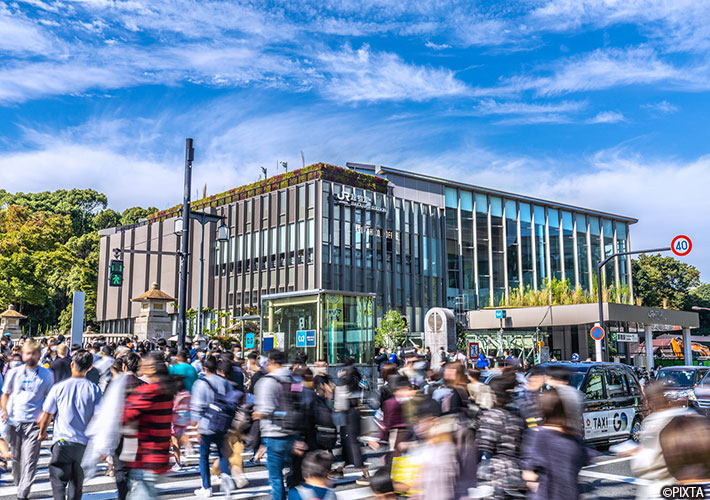
Harajuku Station is conveniently located right across from its popular shopping street.
Food and Drink
Matching its colorful atmosphere and vibrant culture, Harajuku offers a diverse menu of tasty food options. While Harajuku is more known for its shopping than it is as a culinary hot spot, it has just a bit of everything food-wise, and is a particular standout for dessert lovers.
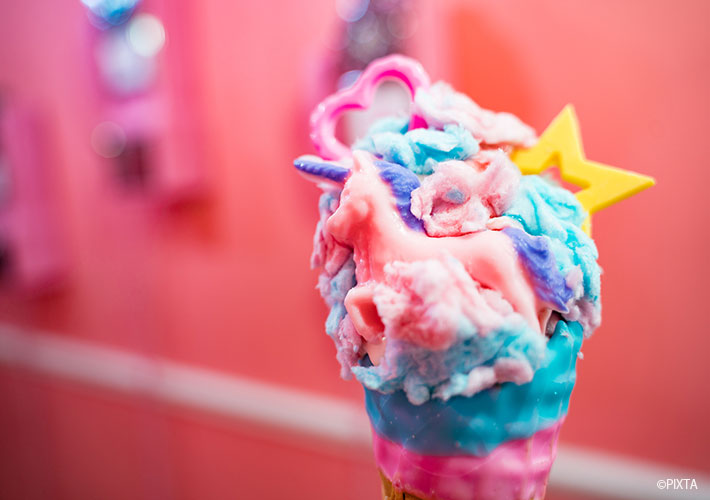
Harajuku is a haven for those with a sweet tooth. [Photo for illustrative purposes only]
Sweets: Harajuku is famous for its crepes, which are available from many street vendors and cafes. They come with a variety of fillings, such as fresh fruit, whipped cream, chocolate, and ice cream. Those who don’t have a sweet tooth are in luck, as Harajuku’s crepes come in savory meat-filled versions as well.

In Harajuku, you’ll find many stores and vendors offering a wide variety of crepes.
Shopping
竹下通り Takeshita-dōri, Takeshita Street: Takeshita Street is the main attraction and centerpiece of Harajuku. Just one crosswalk away from Harajuku Station, Takeshita Street is a bustling road filled with various boutiques and shops offering the latest fashion trends. The street is also known for its colorful and eye-catching storefronts, with many shops decorated with neon lights, playful designs, and eye-catching displays. The fast-paced shopping street is a great snapshot of Japan’s “kawaii” fashion subculture, with many stores dedicated to diverse clothing and accessory trends.
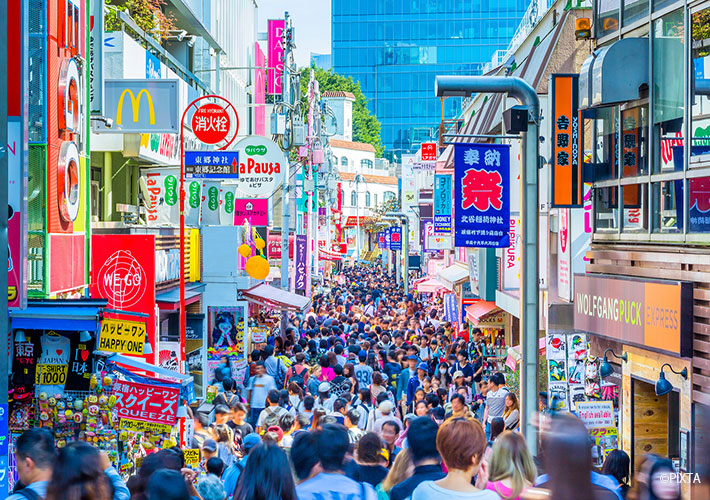
Takeshita Street is Harajuku’s hub of fashion and food.
LaForet Harajuku: Those looking for a more leisurely shopping experience will want to visit the shopping mall of LaForet Harajuku. With 140 stores spread over several floors, the mall offers a wide variety of fashion items, including clothing, shoes, bags, and accessories. The stores in Laforet Harajuku specialize in streetwear, punk, gothic, Lolita, and other alternative fashion styles popular among Japanese youth.
Sightseeing and Activities
明治神宮 Meiji Jingū, Meiji Shrine: No visit to Harajuku is complete without stopping by the Shinto shrine dedicated to the deified spirits of Emperor Meiji and Empress Shoken. Visitors can appreciate the peaceful and serene atmosphere of the shrine, surrounded by nature in the midst of a bustling city. It is a must-visit destination for anyone interested in Japanese culture and history, and a perfect escape from the busy streets of Tokyo.
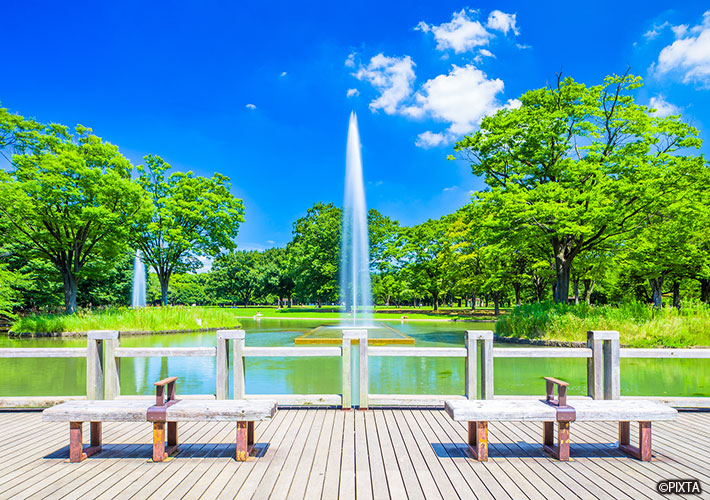
The spacious Yoyogi Park provides both scenic leisure and fun festivities.
Yoyogi Park: Yoyogi Park is one of the largest parks in Tokyo and is a popular destination for both locals and tourists, especially on weekends and holidays. Yoyogi Park is also a great place to experience the changing seasons in Japan. During the cherry blossom season in spring, the park is filled with stunning cherry blossom trees, making it a popular destination for hanami (cherry blossom viewing). In autumn, the trees in the park turn beautiful shades of red, orange, and yellow, creating a picturesque setting for a stroll or a picnic.
One of the unique features of Yoyogi Park is that it is a popular spot for people to engage in diverse cultural activities. On any given day, you can see people practicing dance routines, performing music, and practicing martial arts.
Overall, Harajuku is a unique and exciting neighborhood that offers a diverse range of attractions and experiences, from fashion and culture to art and nature. It is a must-visit destination for anyone looking to experience the eclectic and creative side of Tokyo.
